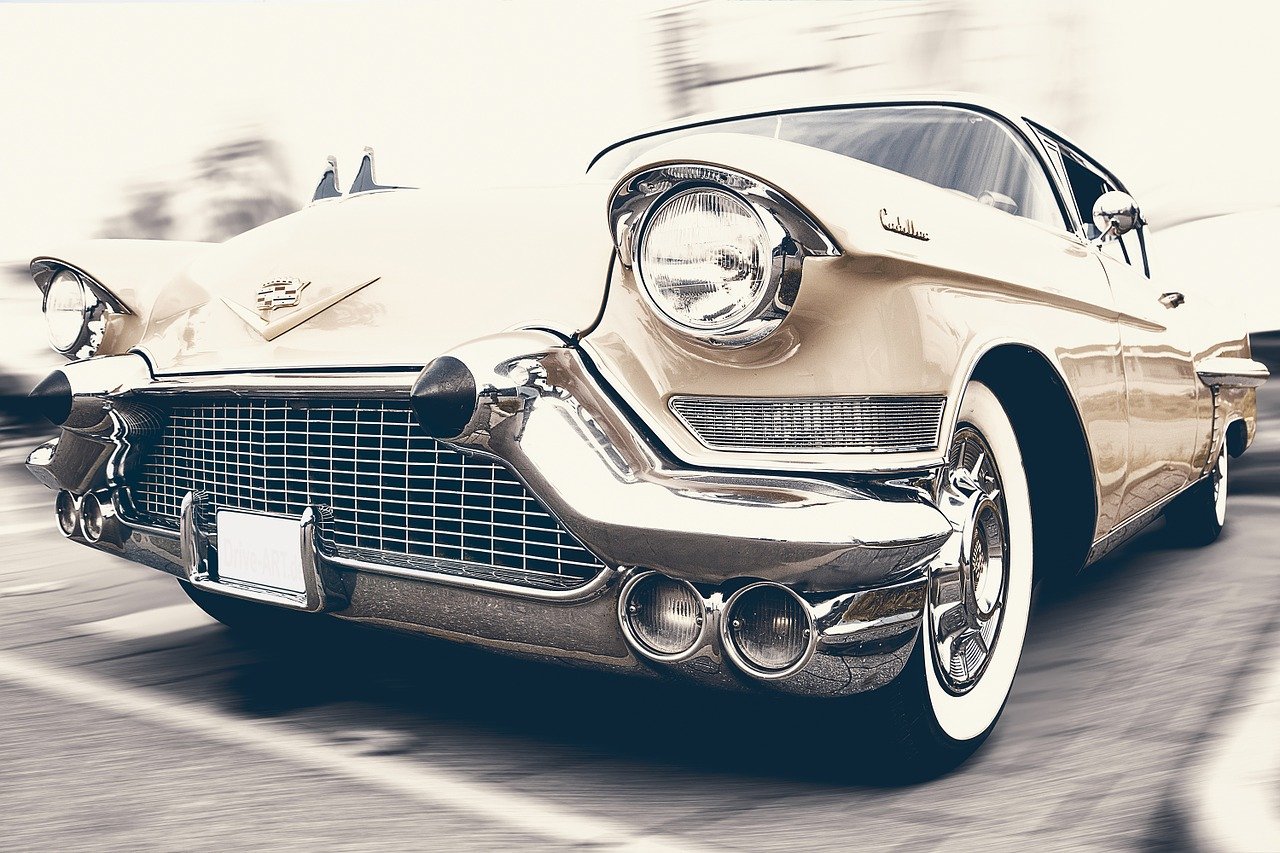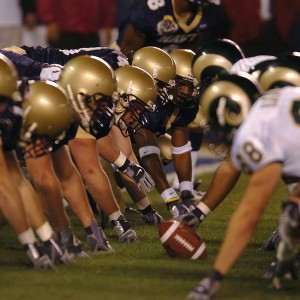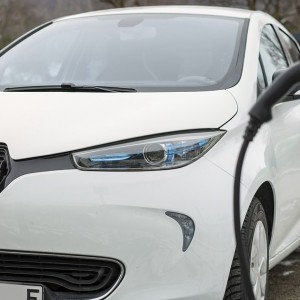Heading into the long Labor Day weekend, transaction prices remain elevated. While the three-day stretch normally marks when dealerships hold big sales events to clear their lots and make room for next year’s models, low inventory and strong consumer demand mean fewer incentives are needed to sell cars.
Dealership inventory is roughly a third of what it was pre-pandemic, according to research from J.D. Power and LMC Automotive. The average time for a new vehicle to sit on a dealer lot before being sold is an estimated 26 days — the first time on the record below 30 days. Two years ago — pre-pandemic — it was 62 days.
The average price paid for a new car is $41,378, according to J.D. Power. The average discount — if offered — is about 4.3% of the sticker price. That’s less than half what it was a year ago.
Switching to the used-car market may not offer much of a reprieve, either. The average price paid for a used vehicle is $27,272, according to auto research firm Edmunds.com. That’s 25% more than the year-ago average price.
For starters, if you have a trade-in, the value might be more than you anticipate due to the spillover demand for used cars. Even vehicles with higher mileage are fetching more: The average amount paid for autos with mileage between 100,000 and 109,999 rose in June by 31% to $16,489 from $12,626 a year earlier, according to Edmunds data.
So although you may be unable to get the price of your new car down, it’s possible you could score more for your trade-in.
And although discounts are not as generous or widespread as they have been during past Labor Day weekends, there are some specials that may be worth taking a second look at even if they aren’t for your favorite model or brand.
SOURCE: CNBC














